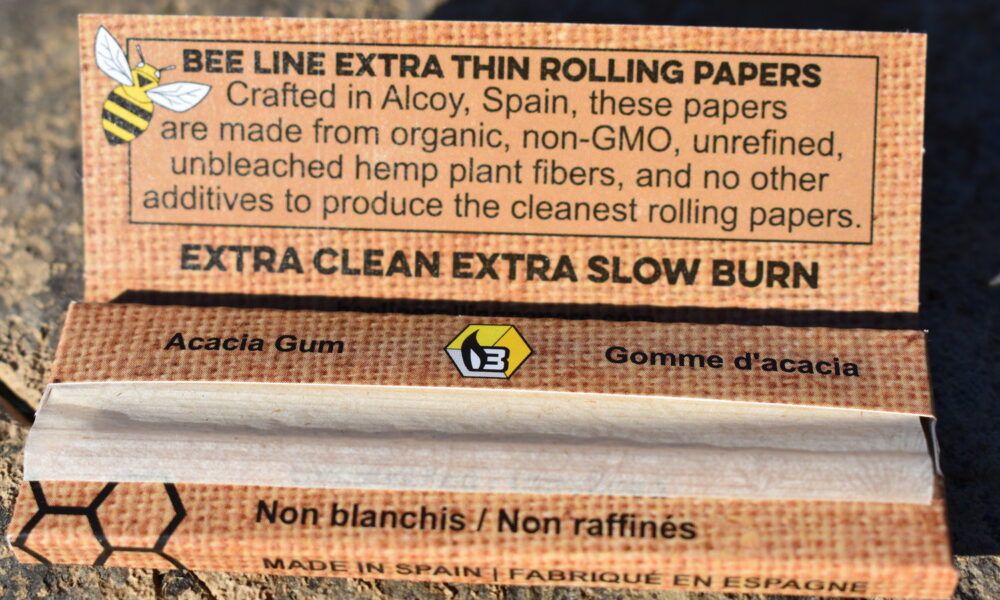
HEMP PAPER In Demand for more products and textiles.
The majority of the hemp plants are in the stems. Thus a farmer has interest in making the most of this part.
Those growing for medicinal use and CBD oils can turn a profit from the leaves and buds, while hemp oil and hemp seeds per se are proving to be a lucrative market.
For some, what remains is simply left as compost. Which returns back to the soil little
more than carbohydrates. Little nitrogen or other elements of use are given back. The many tons of biomass, in the form of carbohydrates, especially cellulose, are of commercial value.
From charcoal to fine textiles, simple compounds with only carbon, hydrogen and oxygen are raw materials in demand. Cellulose is the most abundant molecule in agriculture, and the most common molecule in products used by man. Paper, lumber, most of our clothing, cardboard, cordage, insulation. We live in and use cellulose. We eat it.
We pay for it. Usually, not much, but in the case of fine threads, some pay thousands for a get up.
Hemp has had its place in the best of textiles, back when the Piedmont region of Italy produced hemp threads as fine as silk.But today most hemp threads are a bit coarse, and the market is dominated by PR China, which both grows hemp and spins it. For the Western farmer there is hope on the horizon that his crop will end up on the catwalk, but more research and development is needed.
However, paper mills are looking for hemp.
In 2000 I hooked up with British environmentalist John Hanson, who had his own paper, with a large hemp leaf watermark. I ordered three tons. He had French grown hemp pulped in Spain and then sent to Scotland for the final operation. I waited with bated breath for the lorry (Brit for truck) to round the bend into my storage locker in Hammer-smith with my stash.
For the three tons of paper I traded an ounce of paper, bearing, of course, the image of Her Majesty and its own watermark; which was not a hemp leaf. However, the paper I traded for the pallets of John Hanson TreeFree (copyright) did use hemp. Many a government, including that of the United States, uses hemp in its currency.
The reason is that hemp is a more interlocking fiber than even flax. Wood does not really even have a fiber. Thus hemp provides a strong basis for other fibers to connect with and form a sheet of matted fibers.
For 2,000 years man has been using this. Americans use on average 200 lbs. per person. And most of this, almost all – is made in Southeast Asia. From wood. American paper used to be made from hemp, flax, and recycled rags. America used to lead the world in the production of paper. Now there are few mills here, most with a production of under 10,000 tons per year. Some of those are specialty mills. Very few use hemp.
Some use farm waste, a practice championed by Woody Harrelson, who encouraged the use of wheat stems in paper making. His move was good both ecologically and economically. And it was good for farmers, adding value to their harvest of food crops.

With his action, he was sowing a seed for the revival of the US paper industry. A paper industry in the US not only provides jobs, but is good for the ecology if farm wastes along with hemp bast are used. Add to that the value of recycling our rags and the argument is made.
Hemp – and other plants, can be dual crops as we revive the paper industry in the US.
Tune in next issue for a more specific discussion of this subject.
featured, Hemp Growing, Hemp Paper, Hemp Paper in Demand, Printing on Hemp, Texas Hemp Reporter, US Hemp growing Econimy

